Wasp fly(Dynatus species)-|Uyo, Nigeria
The wasps do not constitute a clade, or a complete natural group with a single ancestor, as bees and ants are deeply nested within the wasps, having come from wasp ancestors. Most wasps that are members of the clade-Aculeata can sting their prey.
Scientific classification
| Kingdom | Animalia |
|---|---|
| Scientific name | Dynatus specie |
| Phylum | Arthropoda |
| Class | Insecta |
| Order | Hymenoptera |
| Family | Sphecidae |
| Clade | Unicalcarida |
| Suborder | Apocrita |
Habitat/reproduction
Commonly known wasps, such as yellowjackets and hornets, are in the family Vespidae and are eusocial by nature living together in a nest with an egg-laying queen and non-reproducing workers. Eusociality in this wasps is favoured by the unusual haplodiploid system of sex determination in Hymenoptera, as it makes sisters exceptionally closely related to each other.
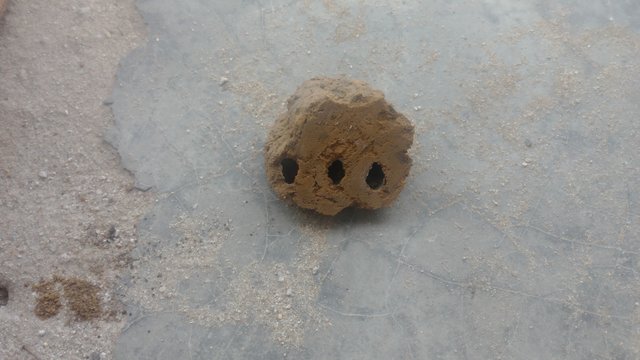 the side of the nest that stuck on wood or ceiling for support
the side of the nest that stuck on wood or ceiling for support
The majority of wasp species are solitary, with each adult female living alone and breeding independently. Females typically have an ovipositor for laying eggs in or near a food source for the larvae, though in the Aculeata specie the ovipositor is often modified instead into sting mechanism used for defense or capturing it's prey.
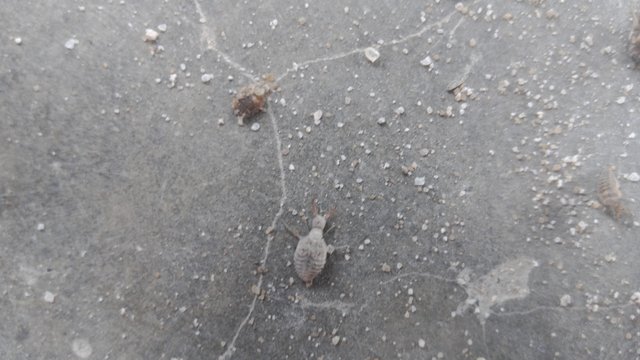 it lays eggs inside this small larvae of other insects
it lays eggs inside this small larvae of other insects
Economic importance
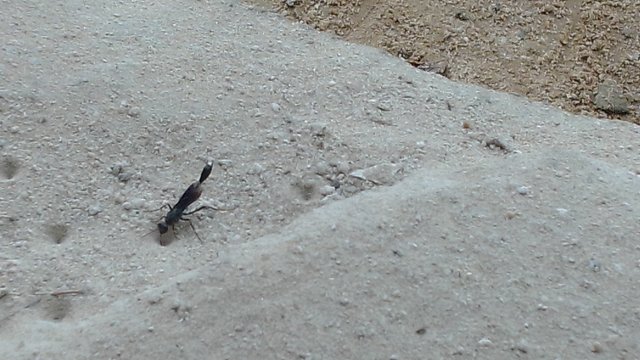 looking for food for it's nest to feed and grow
looking for food for it's nest to feed and grow
Wasps have many ecological roles to play. Some of them are either predators or pollinators; whether to feed themselves or to provision their nests. Many, notable example is the cuckoo wasps, which are kleptoparasites, i.e they lay their eggs in the nests of other wasps. Majority of the solitary wasps are parasitoidal, which means they lay eggs on or in other insects (any life stage from egg to adult) and often provision their own nests with such hosts.
Behaviour different from true parasites, is that the wasp larvae eventually kill their hosts. The solitary wasps become parasitic to almost every pest insect, thus making wasps valuable in horticulture for the biological pest control of species like whitefly in tomatoes farm and other crops.
Variety in nature
Wasps are a successful and diverse group of insects with tens of thousands of described species; they have spread to all parts of the world except for the polar regions. The largest social wasp is the Asian giant hornet, at up to 5 cm(or 2.0 inches) in length; among the largest solitary wasps is a group of species known as tarantula hawks, along with the giant scoliid of Indonesia (Megascolia procer). In the family, the smallest wasps are solitary parasitoid wasps.
Relationship with humans
Wasps As pests
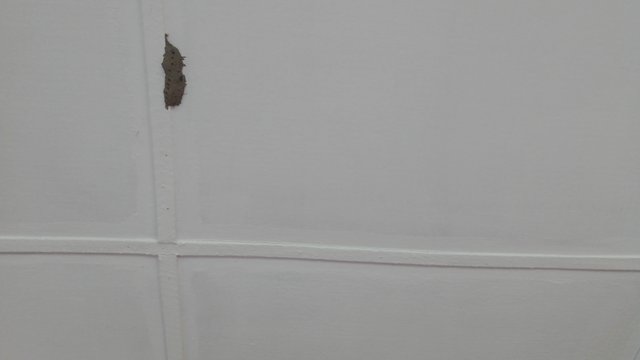
making it's nest with clay on a ceiling where humans stay
This social wasps are considered to be pests when they become excess and common, or nest close to buildings. People are most often stung in late summer and early autumn, when wasp colonies stop breeding new workers; the existing workers search for sugary foods and are more likely to come into contact with humans. Many wasp make their nests in or near houses, such as in roof spaces, this can present a danger as the wasps may sting if people come close to them. Their stings are usually painful rather than dangerous, but in rare cases, people may suffer life-threatening anaphylactic shock.
Wasps in horticulture
As Biological pest control
Encarsia is being tested in greenhouses to control whitefly pests of tomato and cucumber, and to a lesser extent of aubergine (eggplant), flowers such as marigold, and strawberry.
Several species of parasitic wasp are natural predators of aphids and can help to control them. For instance, Aphidius matricariae is used to control the peach-potato aphid.
Invited to join the contest are;
@nspidoz
@manuelhooks
@davidgeorgemark
All pictures are Author's own
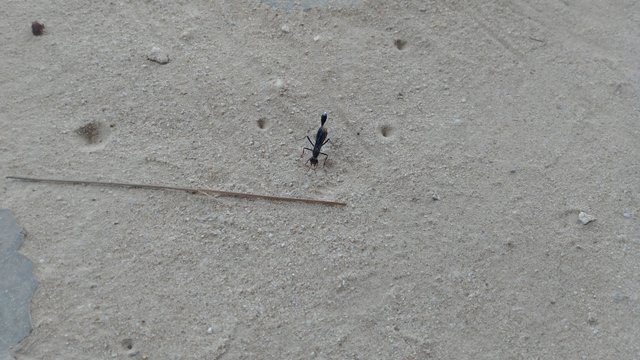
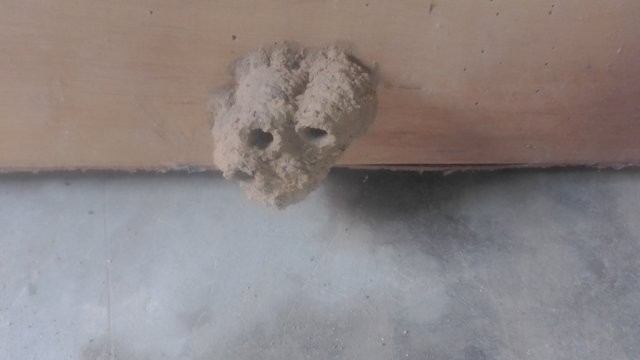
Thank you for sharing on steem! I'm witness fuli, and I've given you a free upvote. If you'd like to support me, please consider voting at https://steemitwallet.com/~witnesses 🌟
Welcome. 🦗🦋🕷Entry N° 3
Thanks. Done!
I have a video of this wasp but since my device screen is bad, I can't navigate to edit and upload it.
That's fine, my friend. The video is optional and voluntary; it doesn't influence the post's rating.
Okay 👍
X-link
https://x.com/rubees4life/status/1979321279560761507
🎉 Congratulations, @rubee2as1!
Your post Wasp fly(Dynatus species)-|Uyo, Nigeria was rewarded by CCS Curation Trail
“Home is where your heart is ❤️.”
👉 Join the CCS Curation Trail | Community Invitation
✅ Vote for visionaer3003 as witness